Most recently published
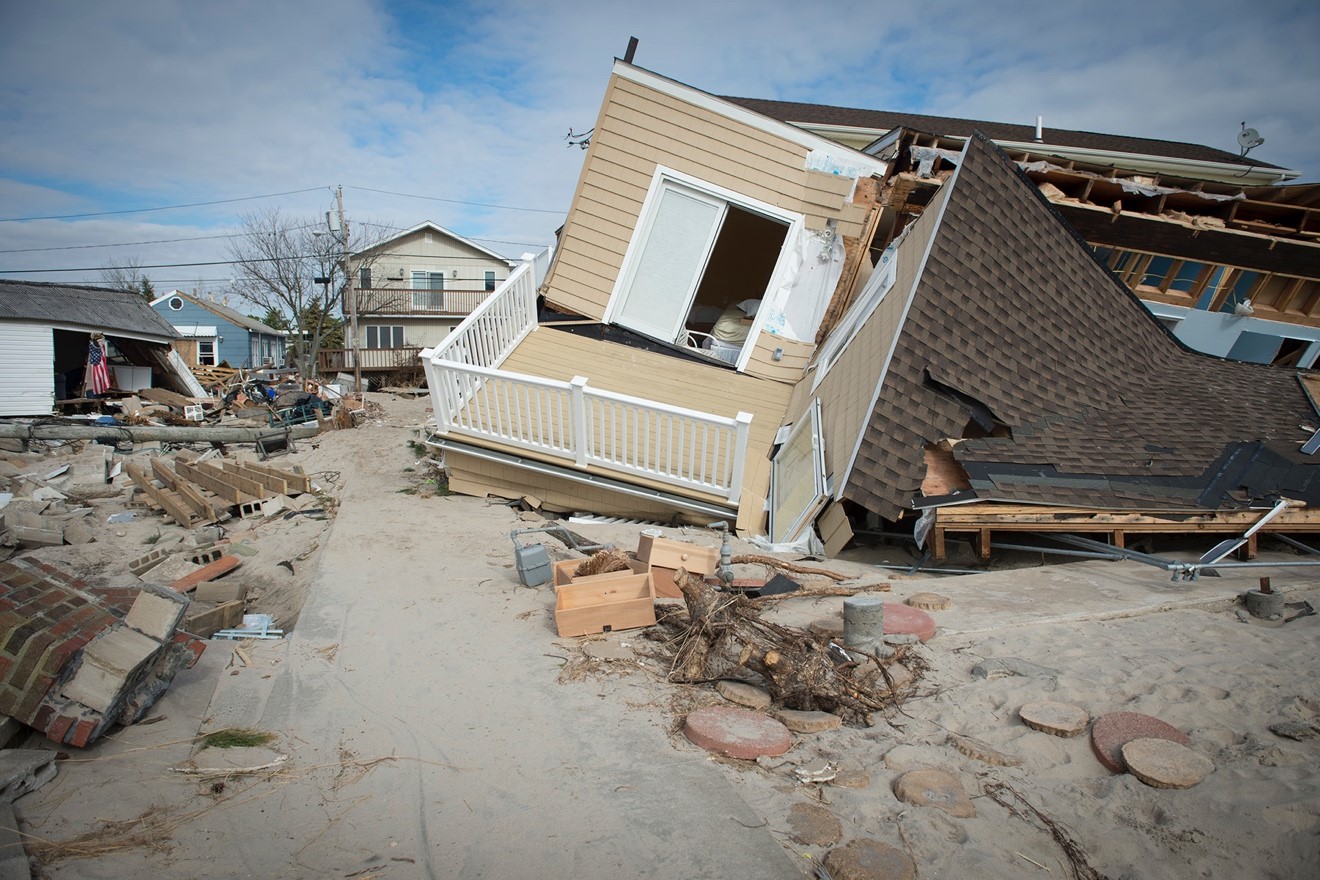
7 Best Practices for Implementing Housing Recovery Programs
Daina Ruback
August 2, 2023
Implementing Community Development Block Grant-Disaster Recovery housing recovery programs can be complex and challenging and, if not done correctly, can result in delays, inefficiencies, and inequitable outcomes. These seven best practices can help avoid common program pitfalls.

AI Partners – Filling Law Enforcement Experience Gaps
Jeff Henderson
July 26, 2023
As the hiring gap in law enforcement widens, agencies must find innovative solutions to maintain the experience and wisdom of their seasoned officers. Artificial intelligence is one solution being explored to transfer this critical knowledge.
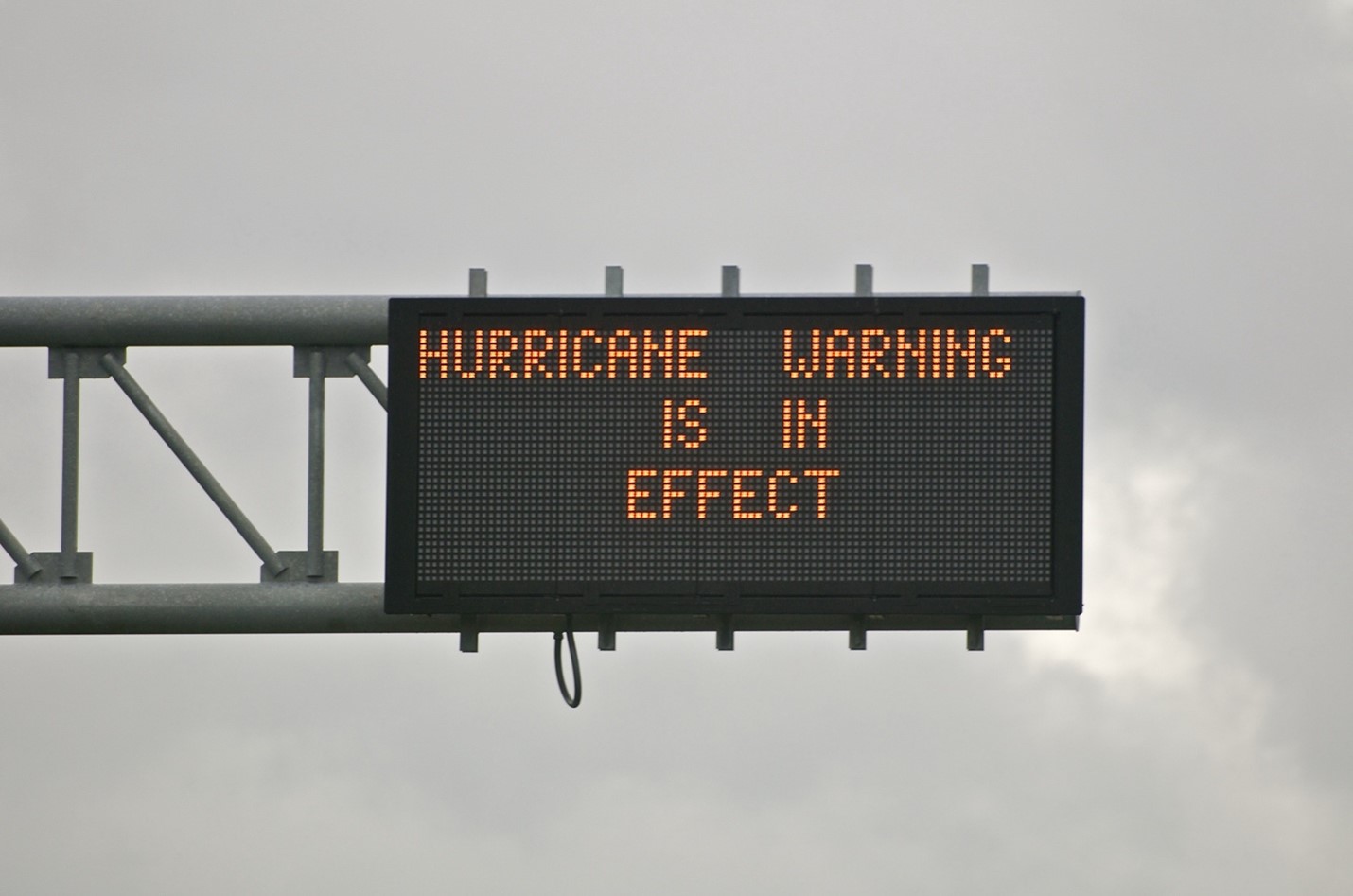
Three Keys to Life-Saving Hurricane Season Communication
Brian Toolan
July 26, 2023
Years of strategy and planning go into crisis response and developing a communication plan that keeps people safe, clearly outlines the situation, and empowers them to act. Learn about the three key factors to a successful communications plan during hurricane season.

Maintaining Planning Strategies for Evolving Threats
Catherine L. Feinman
July 25, 2023
Research and evaluation help emergency preparedness professionals stay current on emerging threats, new technologies, and resource and training gaps. The authors in this July edition of the Domestic Preparedness Journal share important research and lessons learned to assist in the planning process for any organization.

Long-Term Care Facilities in Emergency Preparedness Planning
Tanya M. Scherr and Dan Scherr
July 19, 2023
An important part of community emergency preparedness planning includes long-term care facilities such as nursing homes, dialysis, home care centers, or hospice facilities. Plans must in place for these facilities to care for the residents in their care during emergencies.
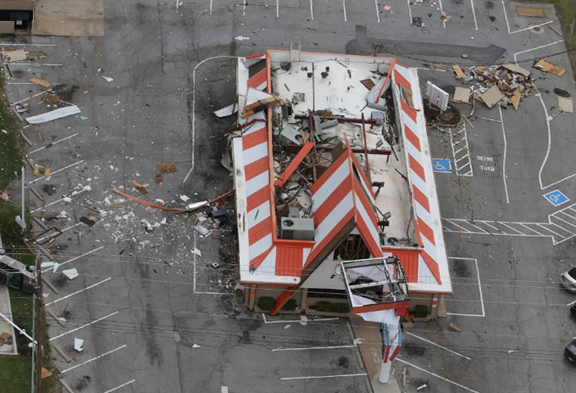
Incident Management – The Whataburger Way
Ron Derrick
July 19, 2023
The Whataburger Command Center team uses a hybrid form of the Incident Command System when an unexpected event threatens the company’s stability, reputation, or operations. The main goal is to minimize damages and ensure the company’s survival and quick recovery.
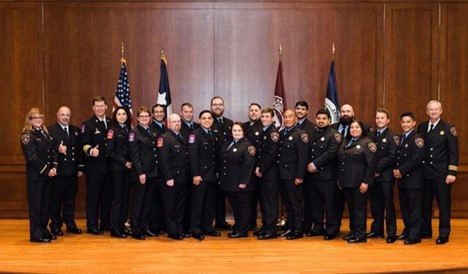
Inside the “Boot Camp” for Emergency Managers
Michael Valiente
July 12, 2023
The first cohort of the Texas Emergency Management Academy has graduated. Learn about the components of this unique and comprehensive 8-month program from the perspective of one of the graduating cadets.

Family Terror Networks 2.0: January 6, Part 2
Dean C. Alexander and Huseyin Cinoglu
July 12, 2023
Research shows family-affiliated extremism contributed to more than one-sixth of all January 6 defendants. Homeland security and law enforcement agencies must understand family-affiliated extremism and the efforts needed to combat it. Part 2 of 2.
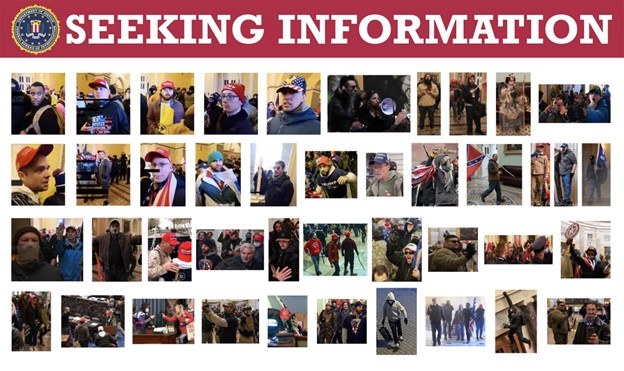
Family Terror Networks 2.0: January 6, Part 1
Dean C. Alexander and Huseyin Cinoglu
July 5, 2023
Research shows family-affiliated extremism contributed to more than one-sixth of all January 6 defendants. Homeland security and law enforcement agencies must understand family-affiliated extremism and the efforts needed to combat it. Part 1 of 2.

Creating a New Standard for Evaluating Tabletop Exercises
John Duda and Scott J. Glick
July 5, 2023
Tabletop exercises are vital in preparing organizations to respond to critical incidents. However, an industry standard has not emerged on how to evaluate their effectiveness. A new standard that implements quantitative and qualitative assessment tools is needed.

Getting Ready for the Next Emergency
Catherine L. Feinman
June 27, 2023
During an emergency, it is common for communities – comprising private citizens to large agencies – to come to the aid of others. It is imperative to be prepared now because emergencies will not wait for us to get ready.

Are Public Health Agencies Ready, or Just Prepared?
Raphael M. Barishansky
June 21, 2023
Is it time to retire the term public health preparedness and replace it with public health readiness? When building emergency planning efforts and response capabilities, jurisdictions and local health entities must reconfigure existing plans with the readiness factor in mind.

Sports Celebrations – Expect the Best, Plan for the Worst
Robert Leverone
August 2, 2023
Large sports-related celebratory events necessitate a coordinated response from municipal government agencies and the community. Thorough planning, intelligence-based risk assessments, and stakeholder input are critical components of a comprehensive plan.

7 Best Practices for Implementing Housing Recovery Programs
Daina Ruback
August 2, 2023
Implementing Community Development Block Grant-Disaster Recovery housing recovery programs can be complex and challenging and, if not done correctly, can result in delays, inefficiencies, and inequitable outcomes. These seven best practices can help avoid common program pitfalls.

AI Partners – Filling Law Enforcement Experience Gaps
Jeff Henderson
July 26, 2023
As the hiring gap in law enforcement widens, agencies must find innovative solutions to maintain the experience and wisdom of their seasoned officers. Artificial intelligence is one solution being explored to transfer this critical knowledge.

Three Keys to Life-Saving Hurricane Season Communication
Brian Toolan
July 26, 2023
Years of strategy and planning go into crisis response and developing a communication plan that keeps people safe, clearly outlines the situation, and empowers them to act. Learn about the three key factors to a successful communications plan during hurricane season.

Maintaining Planning Strategies for Evolving Threats
Catherine L. Feinman
July 25, 2023
Research and evaluation help emergency preparedness professionals stay current on emerging threats, new technologies, and resource and training gaps. The authors in this July edition of the Domestic Preparedness Journal share important research and lessons learned to assist in the planning process for any organization.

Long-Term Care Facilities in Emergency Preparedness Planning
Tanya M. Scherr and Dan Scherr
July 19, 2023
An important part of community emergency preparedness planning includes long-term care facilities such as nursing homes, dialysis, home care centers, or hospice facilities. Plans must in place for these facilities to care for the residents in their care during emergencies.

Incident Management – The Whataburger Way
Ron Derrick
July 19, 2023
The Whataburger Command Center team uses a hybrid form of the Incident Command System when an unexpected event threatens the company’s stability, reputation, or operations. The main goal is to minimize damages and ensure the company’s survival and quick recovery.

Inside the “Boot Camp” for Emergency Managers
Michael Valiente
July 12, 2023
The first cohort of the Texas Emergency Management Academy has graduated. Learn about the components of this unique and comprehensive 8-month program from the perspective of one of the graduating cadets.

Family Terror Networks 2.0: January 6, Part 2
Dean C. Alexander and Huseyin Cinoglu
July 12, 2023
Research shows family-affiliated extremism contributed to more than one-sixth of all January 6 defendants. Homeland security and law enforcement agencies must understand family-affiliated extremism and the efforts needed to combat it. Part 2 of 2.

Family Terror Networks 2.0: January 6, Part 1
Dean C. Alexander and Huseyin Cinoglu
July 5, 2023
Research shows family-affiliated extremism contributed to more than one-sixth of all January 6 defendants. Homeland security and law enforcement agencies must understand family-affiliated extremism and the efforts needed to combat it. Part 1 of 2.

Creating a New Standard for Evaluating Tabletop Exercises
John Duda and Scott J. Glick
July 5, 2023
Tabletop exercises are vital in preparing organizations to respond to critical incidents. However, an industry standard has not emerged on how to evaluate their effectiveness. A new standard that implements quantitative and qualitative assessment tools is needed.

Getting Ready for the Next Emergency
Catherine L. Feinman
June 27, 2023
During an emergency, it is common for communities – comprising private citizens to large agencies – to come to the aid of others. It is imperative to be prepared now because emergencies will not wait for us to get ready.
Swatting: Combatting a Lethal and Expensive Prank
Dan Scherr and Tanya M. Scherr
June 14, 2023
May 3, 2023, saw a rash of hoax calls claiming to report active shooters in schools across Tennessee. While the calls initially affected the Middle Tennessee area, the issue quickly moved to additional areas within the state, affecting at least 16 schools on the same day. Local, state, and federal
You’re the Leader. Now What?
Catherine L. Feinman
June 14, 2023
The National Oceanic and Atmospheric Administration (NOAA) reported that, as of May 8, the United States had experienced seven confirmed $1-billion weather/climate-related disasters in 2023. Three more storms that occurred in April may soon be added to that list. According to the Federal Emergency Management Agency (FEMA), 35 major
Food and Agriculture Sector Perspectives
Aurelia Berisha, Isaac Dietrich, Ben Dinsmore, Bert Cramer and Heather Allen
June 7, 2023
The U.S. Food and Agriculture (FA) Sector is composed of complex production, processing, and delivery systems that can feed people and animals both within and beyond the boundaries of the United States. Beyond domestic food production, the FA Sector also imports many ingredients and finished products, leading to a
Service Animal Awareness in Disaster Response
Melissa Resnick
June 7, 2023
Although they are companions to their human partners, service animals are not pets. Instead, they are trained to perform specific daily tasks, which are often still required when responders are assisting during a hurricane, mass casualty event, or another emergency. As such, emergency planning efforts should include service animals
CBRN Response Capabilities and Identified Gaps
Kenneth Bell
May 24, 2023
Despite advancements in field identification and classification of substances with advanced instrumentation and tools, there is still a response gap regarding the proper decontamination of instruments and the people who use them. Take steps now to bridge this gap.
Helping First Responders & the Public Bring Home Missing Kids
Michael Breslin and Trish McCall
May 24, 2023
An existential danger is the exploitation of children. As the threat landscape evolves, first responders have a paramount role to play in protecting these vulnerable populations and maintaining a resilient homeland security enterprise. One program leading the effort is creating a reason for hope.
Making Planning Documents More Than Words on Paper
Andrew (Andy) Altizer
May 17, 2023
President Harry S. Truman once said, “I believe in plans big enough to meet a situation which we can’t possibly foresee now.” However, terms like big and comprehensive do not always equate to size. Something that is laborious and unread adds no value for those tasked with managing emergencies and disasters. However,
Defining Workplace Violence
Kevin Jones
May 17, 2023
History has shown many instances where warning signs were missed before workplace violence occurred. However, understanding the five categories can help organizations and agencies prepare for and, ideally, prevent these types of incidents.
Challenges With Pediatric Mass Care Feeding
Michael Prasad and Jennifer Russell
May 10, 2023
The national-level guidance on mass care feeding for state, local, tribal, and territorial organizations (SLTTs) comes from the Federal Emergency Management Agency (FEMA), and is sourced from their toolkits and the National Mass Care Strategy website, which provides a consolidated and comprehensive set of guidance material from governmental and nongovernmental mass care experts. The
Keeping Schools Safe During the Threat of Nuclear Attacks
Tanya M. Scherr and Dan Scherr
May 10, 2023
The hands of the so-called Doomsday Clock are now set to 90 seconds to midnight, reflecting that experts believe the world is closer to a global nuclear catastrophe than it has ever been. All-hazards plans and threat assessments should reflect this potential increased threat.
Labor Trafficking – The Case Study of Marco
Richard Schoeberl, Anthony (Tony) Mottola and David Gonzalez
May 3, 2023
Countless immigrants like Marco do not self-identify as labor trafficking victims, yet this increasing crime needs to be addressed. Learn how communities can better protect these vulnerable populations.
Perfect Storm: Albuterol Shortage & Supply Chain Upset
Tom Cotter
May 3, 2023
As of 2020, albuterol was the seventh most commonly prescribed medication in the U.S., with more than an estimated 17 million patients receiving it and nearly 62 million prescriptions issued annually. Albuterol is a short-acting bronchodilator drug that helps treat or prevent respiratory issues by relaxing the smooth muscles in
Follow Us
Get Instant Access
Subscribe today to Domestic Preparedness and get real-world insights for safer communities.


